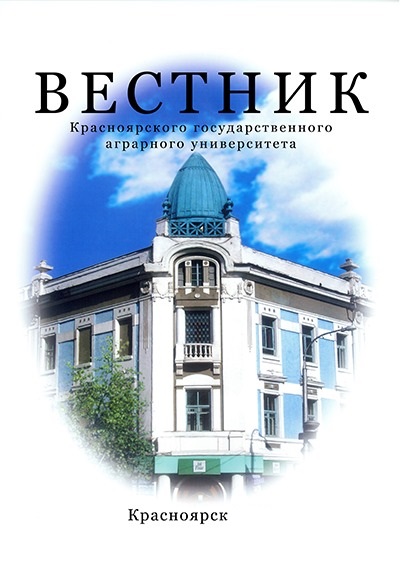A promising direction in the field of healthy nutri-tion is the development of receipts and technolo-gies for new products based on seaweed and pick-led cheeses, characterized by high content of func-tionally important components. The object of the study was seaweed varieties of Far Eastern and the cheese of soft and hard varieties - solid "Bryn-za" with fat mass fraction of 40 %, manufactured by JVC "Breeding Plant „Tayozhny‟" in Krasnoyarsk Region (State Standard P 53421-2009); soft "Bryn-za" with fat mass fraction of 40 %, manufactured at ACC "Novoselovsky milk" in Krasnoyarsk Region. The study presents the receipts, technology of seaweed salad and pickled hard and soft varieties of cheese, organoleptic and microbiological indica-tors of the quality of the resulting product. Sanitary and hygienic assessment of salad was carried out using indicators QMAFAnM, CGBK, the mainte-nance of conditionally pathogenic microorganisms: S. aureus, B. cereus, pathogenic bacteria of the sort Salmonella and microorganisms of damage - mold mushrooms and yeast. As experimental sam-pling a firm grade of cheese brine - brynza (sample № 1) was used, in the following concentrations: 10, 20, 30 % to the mass of 100 g of seaweed. As the second experimental sampling a soft grade of cheese the brine - brynza (sample № 2) was used in the concentration 10, 20, 30 % to the mass of 100 g of seaweed. The dosage of brine cheese providing the best organoleptic indicators of salad is established: for firm cheese - 20 %, for soft cheese - 10 %. Received salads from seaweed and brine cheeses (brynza) are natural safe prod-ucts, conforming to the requirements of Technical regulations of the Customs Union for the safety of foodstuff, possessing high consumer properties.
seaweed, lettuce, cheese, brynza, receipt, technology, performance, safety, quality
1. Tutel'yan V.A., Baturin A.K., Gapparov M.G. i dr. Normy fiziologicheskih potrebnostey v energii i pischevyh veschestvah dlya raz-lichnyh grupp naseleniya Rossiyskoy Fede-racii / MR 2.3.1.2438-08. - M., 2008. - 41 s.
2. Makurina S.V., Rumyanceva G.N. Sravnitel'-naya harakteristika funkcional'no-tehno-logicheskih svoystv pischevyh volokon // Myas-naya industriya. - 2006. - № 6. - S. 28-29.
3. Lipatova L.P. Sovremennye trebovaniya i tendencii rynka polufabrikatov // Syr'e i dobavki dlya proizvodstva vysokokache-stvennyh produktov. - 2014. - № 3. - S. 48-49.
4. Dobrodeeva L.K. Lechebnye preparaty vo-doroslevogo proishozhdeniya. - Arhangel'sk, 1997. - 24 s.
5. Zubov L.A., Savel'eva T.A. Celebnyy dar morya. - Arhangel'sk, 1997. - 18 s.
6. Kuz'min V.D. Morskie sokrovischa. - M.: Pi-schevaya promyshlennost', 1972. - 138 s.
7. Tipsina N.N. Novye vidy hlebobulochnyh i konditerskih izdeliy s ispol'zovaniem ne-tradicionnogo syr'ya / Krasnoyar. gos. agrar. un-t. - Krasnoyarsk, 2009. - 167 s.
8. Spravochnik po himicheskomu sostavu i teh-nologicheskim svoystvam vodorosley i bes-pozvonochnyh / pod red. T.P. Bykova. - M.: Vinro, 1999. - 262 s.
9. Mokshanina I.M., Kogan P.Ya., Tereshenko L.V. i dr. Organizaciya pitaniya shkol'nikov. - M.: Ekonomika, 1989. - 144 s.
10. TR/TS 021/2011. O bezopasnosti pischevoy produkcii ot 09.12.2011 № 880. - M., 2011.










